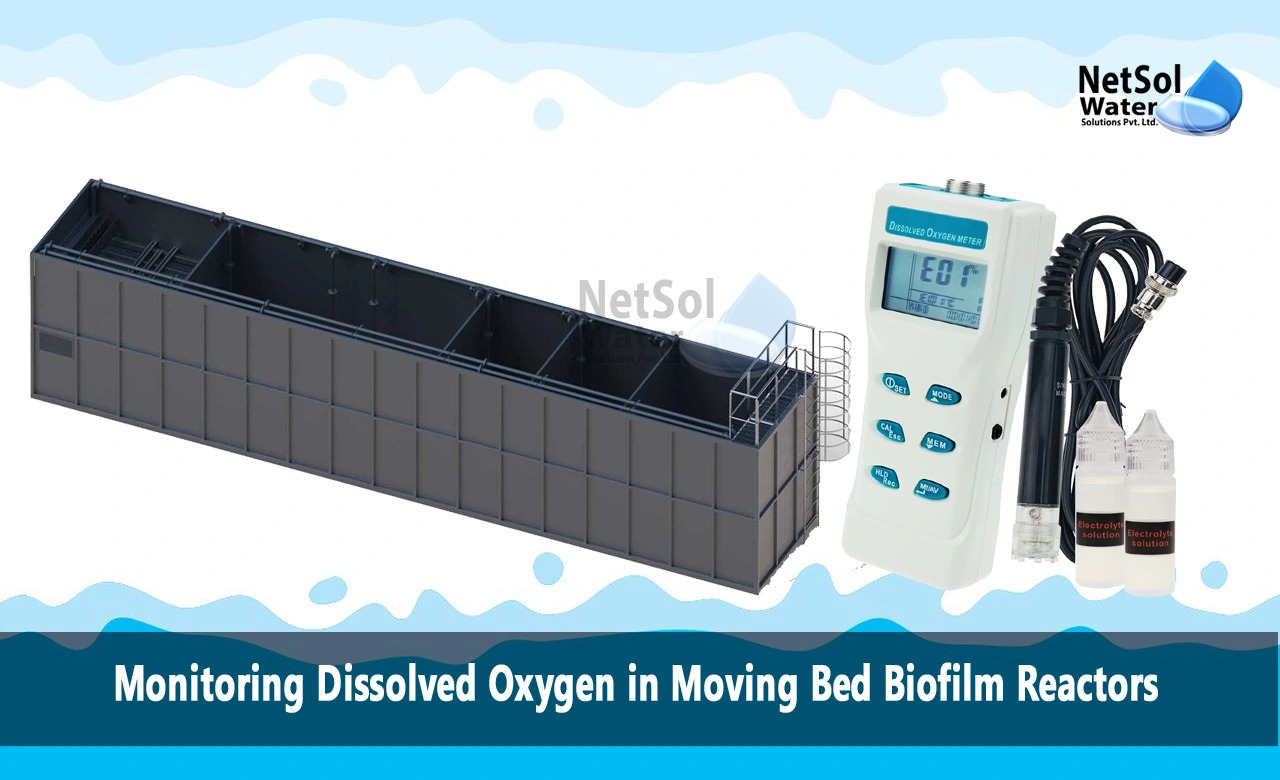How to Monitor Dissolved Oxygen in Moving Bed Biofilm Reactors?
Dissolved oxygen (DO) is one of the most critical operational parameters to monitor in MBBRs. DO concentration indicates whether adequate oxygen is available for the aerobic biomass in the biofilm to remove organics and nutrients. Insufficient DO can result in poor treatment efficiency. We discusses the importance of monitoring DO in MBBRs, optimal DO levels, methods of measurement, and control strategies.
Significance of DO in MBBRs
The microorganisms in the biofilm require oxygen to degrade organic contaminants in wastewater. Ammonia oxidation to nitrite and the subsequent conversion to nitrate are also oxygen-intensive biological processes. DO enables these aerobic reactions to proceed at the desired rate.
Typically, DO should be maintained between 2-4 mg/L in MBBRs. However, the optimal level depends on factors like reactor configuration, wastewater strength, and treatment objectives. For highly concentrated inorganic wastewaters, DO above 4-5 mg/L may be necessary for nitrification. Insufficient oxygen hinders biofilm activity, whereas excess DO offers no extra benefit but involves higher energy for aeration.
Methods of DO Monitoring
Common ways to monitor the DO concentration within MBBR tanks include:
1. Online DO probes: Optical or electrochemical sensors installed inline provide real-time, continuous measurement.
2. Handheld DO meters: Portable devices are used for spot sampling the DO at different locations.
3. Chemical test kits: A lab-based titration method involving Winkler reagents. Less accurate than probes but useful for calibration.
Online DO monitoring with sensors connected to the control system is recommended for close supervision in MBBRs. Strategically positioning multiple optical sensors allows identifying poorly mixed zones.
Maintaining Suitable DO Levels
If DO drops excessively, various methods can rapidly improve it:
1. Increasing aeration by adding more air blowers or supplemental oxygen.
2. Improving mixing using additional mechanical aerators or higher-powered units.
3. Reducing organic loading rate to prevent rapid DO depletion from excess organics.
4. Ozonation to lower chemical oxygen demand before the MBBR.
For peak efficiency and stability, the DO setpoint should be cascaded with aeration blowers to automatically adjust airflows. Nutrient addition may also be necessary to avoid biomass growth becoming oxygen-limited.
Conclusion
Reliable dissolved oxygen monitoring and control are essential for MBBRs to function as desired. Insufficient DO can severely impact treatment capability. DO levels between 2-4 mg/L satisfy the needs of aerobic microorganisms in the biofilm. Both online and portable methods are available for measurement. Automated control of aeration rates to maintain the DO setpoint optimizes MBBR operation. Adopting the best practices for DO monitoring maximizes treatment reliability and efficiency with MBBRs.
Do you need an advice or assistance on selecting the best water and waste water treatment unit? We have solutions for all your problems!
Let us know your problem, our experts will make sure that it goes away.
For an assistance or related query,
Call on +91-965-060-8473 Or write us at enquiry@netsolwater.com



